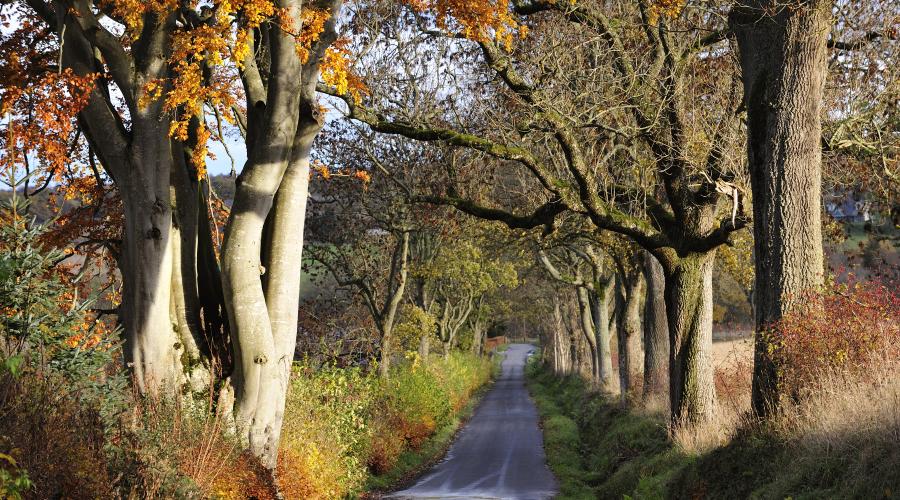
Planning and development: trees and woodland
Ancient and semi-natural woodland is an important and irreplaceable national resource. It must be protected and enhanced, as should be all native and mature woodlands.
Woodlands, hedgerows and even single veteran trees have biodiversity value and add to landscape character and quality. These should be protected from adverse impacts, and enhanced where possible, when locating and designing new development.
Scottish Government Policy
The Scottish Government’s Policy on Control of Woodland Removal:
- is strongly in favour of protecting woodland resources
- sets out the criteria for deciding if woodland removal is acceptable
- gives more detail on woodlands of high nature conservation value
- should be taken into account when preparing development plans and considering planning applications
Woodland Strategies
Planning authorities should consider preparing woodland strategies as supplementary guidance to inform the development of woodland and forestry. Read advice for planning authorities on how to prepare such a strategy: The right tree in the right place: Planning for forestry and woodlands.
Where appropriate, planning authorities should seek opportunities for new woodland creation and planting of native species as part of development schemes. They should also explore whether new planting can link to existing green networks or create new green networks.
Ancient Woodland Inventory
Ancient woodland is defined as land that has been continually wooded since at least 1750. Its age means that it is especially important for biodiversity and our cultural identity.
The Scottish Ancient Woodland Inventory (AWI) records the location of ancient and other mature woodlands. To help you use the AWI in your work read A guide to understanding the Scottish Ancient Woodland Inventory You can also search for AWI data maps on NaturalSpaces.



